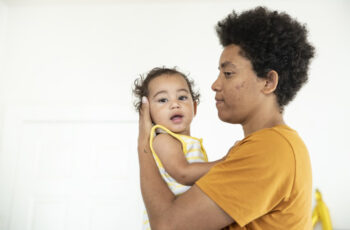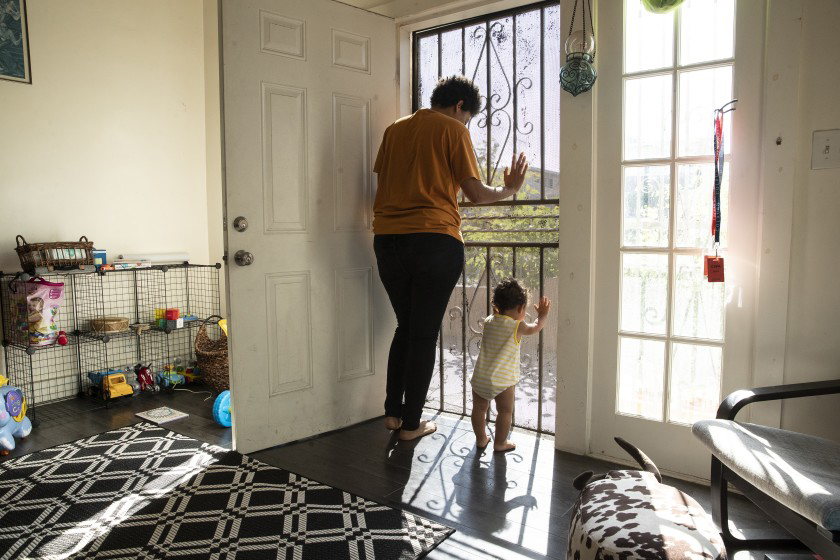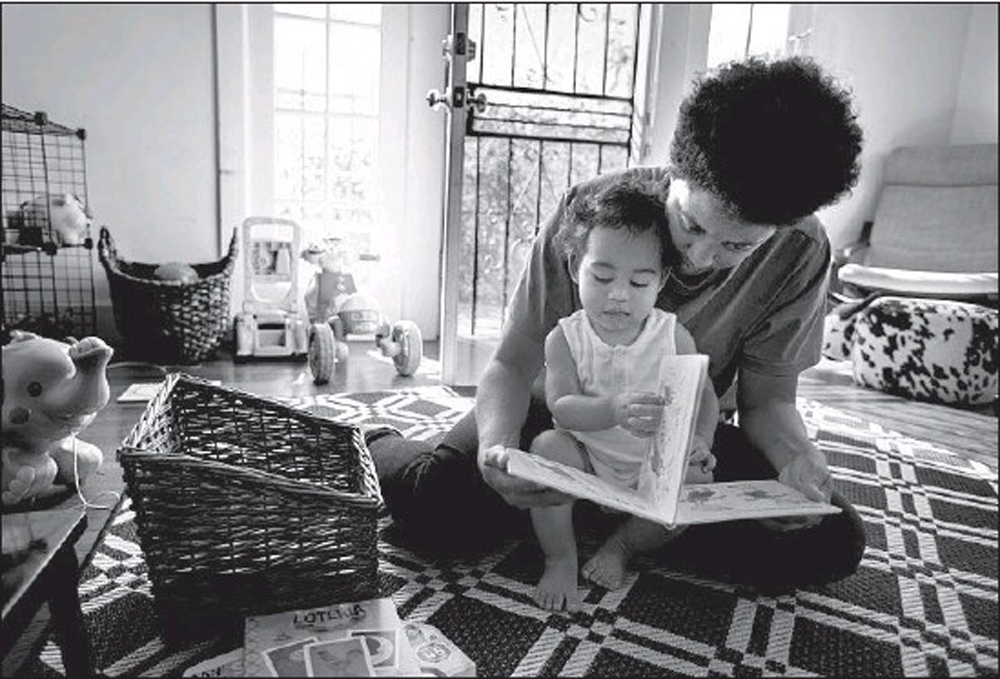By Mark Ellis –

A small but growing number of parents are raising their children in a way that allows the child to choose their own gender identity, bucking centuries of tradition, common sense, and the biblical view that ‘God created them male and female.’
When Azul Ruelas-Brisette was born in L.A. in the summer of 2018, the parents insisted the child’s birth certificate display two dashes where gender is typically indicated.
In 2018, the state of California began issuing birth certificates that allow the options of female, male, non-binary (outside the categories of male or female) or nothing at all, based on a law signed by Gov. Jerry Brown. At least 10 other states allow gender-neutral markers on identity documents, according to a report by Laura Newberry in the L.A. Times.
However, the federal government still follows the traditional approach to designating gender on their documents, which can create confusion and conflict related to passports and with agencies such as the Social Security Administration.
One of Azul’s parents, Miguel Ruelas, is transgender. When Ruelas was 20, she began to transition from female to male. She carried some resentment about the way her parents treated her in comparison to her brothers. Her brothers were supported in their aspirations to attend college, while she was expected to stay home and care for her parents.
Azul’s other parent, Jay Brisette, 35, identifies as non-binary and uses “they,” “them” and “theirs” pronouns.
Because both parents are biological females, they used sperm to conceive Azul from the California Cryobank. There were five attempts before Brisette got pregnant.
In their social world, several of their friends have also decided not to reveal the gender of their kids until they are old enough to decide their identities for themselves.

“The idea is that kids who spend the first few years of their lives without the stereotype-loaded labels of ‘boy’ and ‘girl’ will feel free to be their most authentic selves, whether they’re boys who like to play house or girls who like to play with chemistry sets,” Newberry noted in The Times.
Ruelas and Brissette bristle at “gender coded expectations” that are “imposed on kids.”
“I don’t want that for this person,” Brissette told The Times, referring to Azul, as the child sat on the floor playing with neon blocks.
At home, Azul wears unisex clothing. The child is called by feminine, masculine and gender-neutral pronouns and is shown books and TV programs that highlight diversity.
The parents prefer the term “gender-creative parenting,” as opposed to “gender neutral.”
“It is not about encouraging Azul to be transgender or gay or contrarian.” It’s about giving Azul the foundation to think critically about how the dynamics of gender play out in society, and the freedom to figure out who they are without being told who they should be based on their biological sex, according to Brisette.
It may come as a surprise to some, but most states will permit residents to change their gender on driver’s licenses and birth certificates from “male” to “female,” and vice versa. Fifteen states require proof of sex change surgery in order to modify gender on birth certificates, while Tennessee, Kansas and Ohio do not allow such changes to be made at all, according to The Times.
The Department of State allows gender changes on passports if there is proof supplied of hormone therapy, surgery or psychotherapy. The Social Security Administration follows a similar policy.

But currently, passports do not have a non binary or gender-neutral option. And neither does the Social Security Administration.
With the help of the Transgender Law Center, Azul’s parents are suing the federal government to bring change to their current policies.
The group, Equality California, would like federal legislation modeled after gender-marker laws in California. But they are holding back until Democrats control both houses of Congress and the executive branch.
There seems to be a demographic shift taking place related to these issues. A 2015 poll of Americans ages 18 to 34 found that half of the respondents see gender as a spectrum that goes beyond the binary choice of male or female.
The Times quoted a psychology professor at UC Santa Cruz, Campbell Leaper, who studies childhood gender development and maintains that gender stereotypes limit children. Leaper said the concern that gender-creative parenting will confuse a child is unfounded. “When you’re put in a category right away, that guides so much of how you’re going to be treated and what opportunities you’ll be given,” Leaper said.
“This is about wanting Zu to have their own life and be their own person,” Ruelas said.
“I just don’t want to set this person up to be either emotionally stunted as a boy or physically limited as a girl,” Brissette said of Azul.



